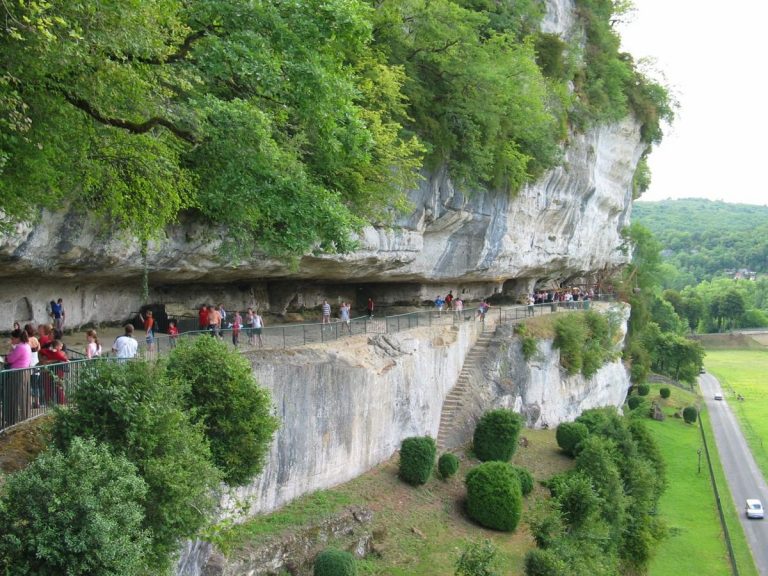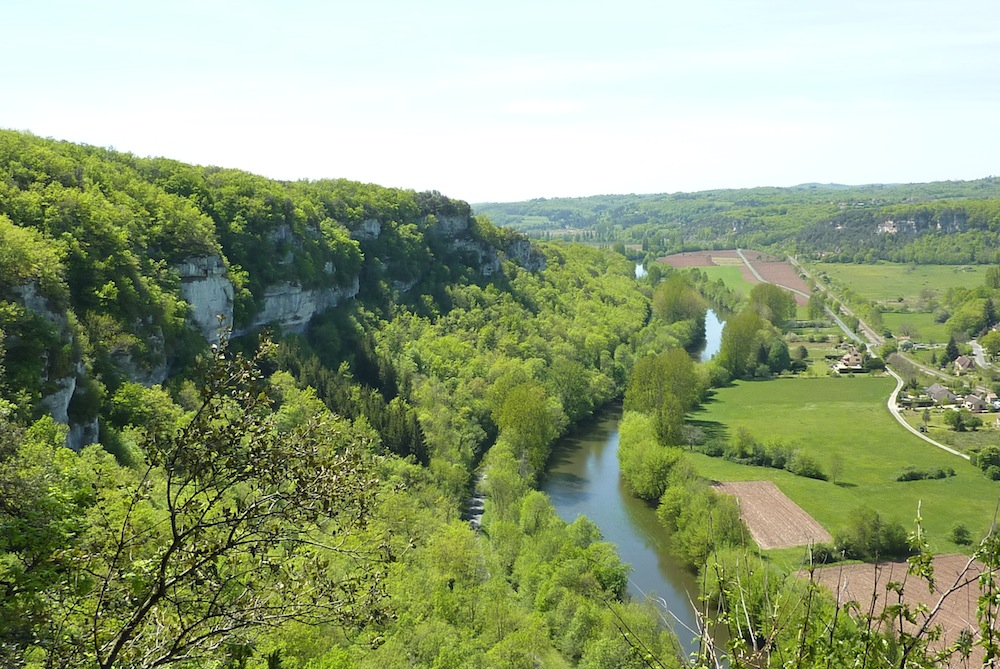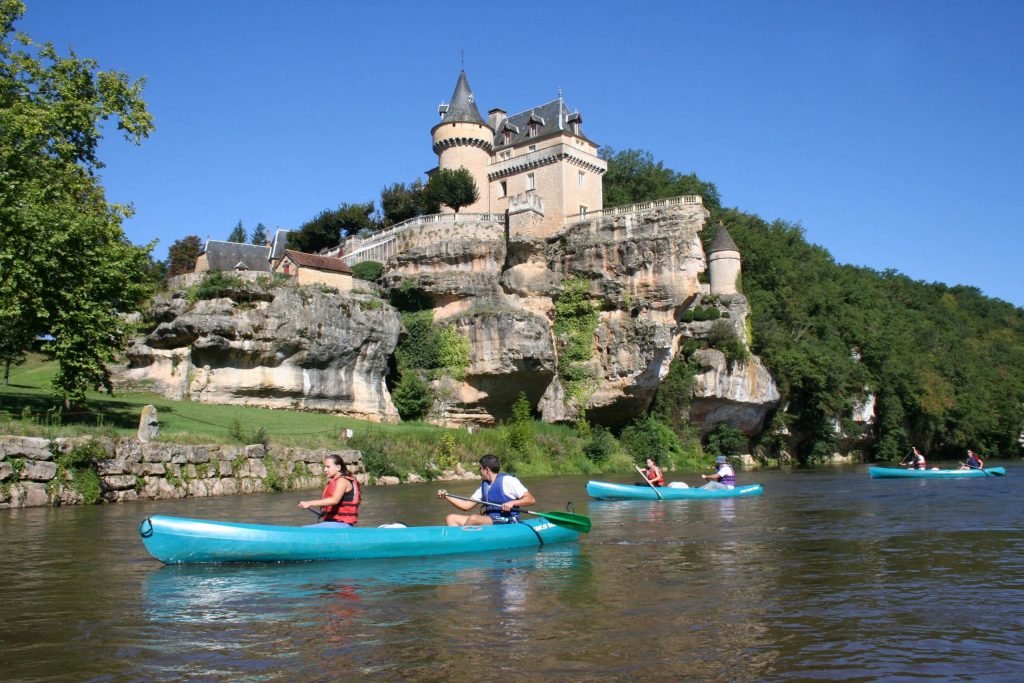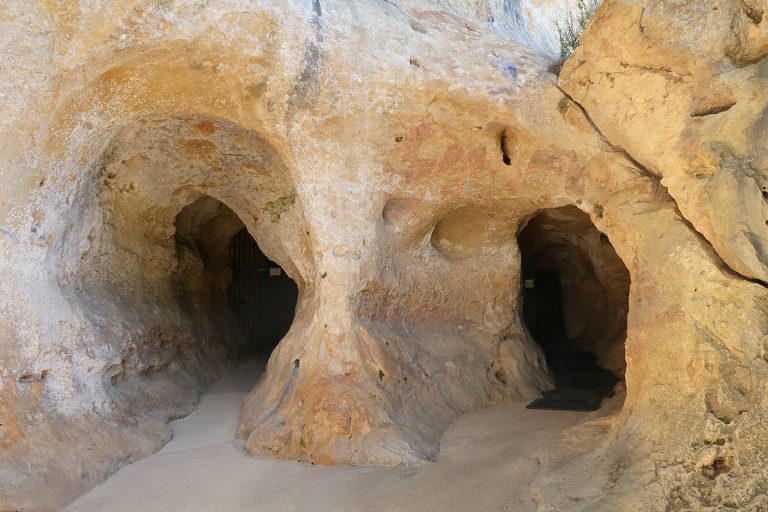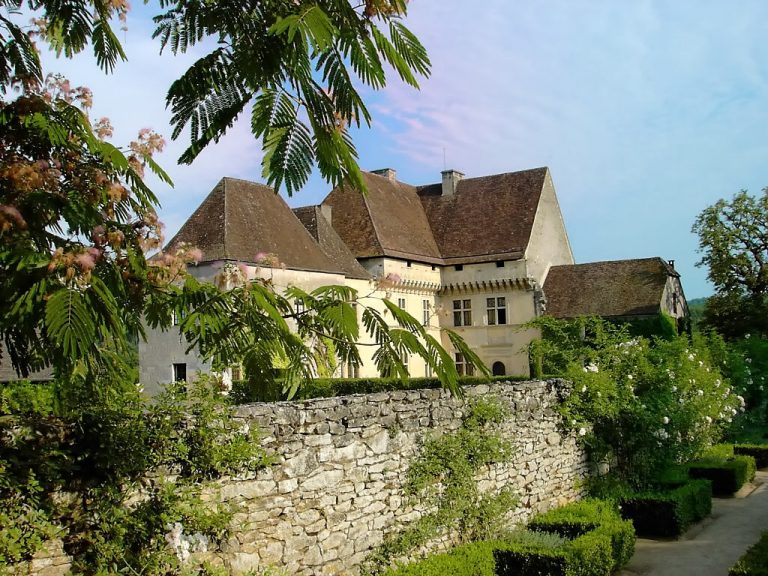Vézère Valley
The Vézère Valley is known for its many prehistoric sites which allow us to better understand the environment and way of life of human communities which settled in the region and elsewhere in Europe during the Paleolithic. In addition, the many rivers allow you to see the Dordogne from a different angle when you stay at our campsite near the Vézère Valley.
The territory is also conducive to many leisure activities, especially outdoor activities.
Activities such as hiking, Nordic walking, horse-riding and canoeing are all popular.
It is also the valley for foodies, where villages such as Montignac and Les Eyzies honour the local gastronomy with wonderful dishes you absolutely must taste during your holiday in Dordogne.
Visits from your Vallée de la Vézère campsite
The Vézère Valley is located in the Nouvelle-Aquitaine region in south west France.
The territory contains many prehistoric sites, more particularly in Les Eyzies and Montignac-Lascaux. Visitors come in large numbers to discover, among other things, cave paintings and engravings whose origins date back thousands of years. Outdoor activities, such as hiking and canoeing, provide opportunities to to appreciate a whole mosaic of green landscapes.
The Vézère River
The Vézère river rises on the Millevaches plateau at an altitude of 887 metres, in the commune of Meymac, in the Massif Central at Corrèze. After a journey of more than 210 km, it joins the Dordogne at medieval Limeuil, that is one of the “most beautiful villages in France”.
Many family activities are possible on the river, including canoeing and paddleboarding. Sailing along the river is a novel – and very popular – way of discovering a succession of green settings in which various exceptional sites are nestled.
From Montignac, you can discover the castle of Losse, a jewel of the Renaissance, and Saint-Léon-sur-Vézère, which is one of the most beautiful villages in France, the troglodyte villages of La Roque Saint-Christophe and La Madeleine, the medieval villages of Les Eyzies, Le Bugue and Limeuil, and the caves of Grand Roc.
These discoveries can also be made by boat. Holidaymakers embark at Les Eyzies for an hour-long trip during which an audio commentary takes them back in time.
The Vézère is also a fisherman’s delight. This category 2 river is home to a multitude of opportunities for salmon, sea trout, shad, lamprey, pike, perch, roach, carp or bleak.
Vézère Valley: valley of prehistory
Our campsite near the Vézère Valley has a concentration of prehistoric sites and caves that give us an idea of the way of life of some of the first human communities in Europe. Researchers and visitors alike can learn more about these communities through the various paintings that adorn the cave walls.
The Font-de-Gaume cave is one of the must-see sites in the Vézère valley. Emblematic of Les Eyzies, the cave has been classified as a Unesco World Heritage Site since 1979. Considered as one of the most beautiful Paleolithic sanctuaries in the world, the site contains more than two hundred painted or engraved figures, often multi-coloured, representing mainly animals (bison, horses, mammoths, reindeer…)
The International Centre for Cave Art (Lascaux IV), located in Montignac, offers a copy and a life-size reproduction of the art of Lascaux caves which have been closed to the public since the 1960s. Visitors can retrace more than 17,000 years of history in an interactive digital tour. The digital theatre allows them to relive the interpretation of cave art through the ages, while the 3D cinema offers an immersion in other prehistoric caves elsewhere in the world. The public also has the opportunity to discover the greatest contemporary works of art in a separate exhibition room.
The castles around our campsite
These buildings take you back in time, relating some of the most important stories of the region’s history.
The castle of Losse, with its gardens, is one of the most important sites in the valley. Located in Thonac, not far from Montignac-Lascaux, the 16th century building is listed as a historical monument. Here, the medieval fortress, solidly protected by walls bordered by a deep moat, was replaced in 1576 by a magnificent castle as a place of leisure.
In Tursac, you have the chance to discover the Reignac stronghold, whose façade is embedded in the cliff.
The building is best known for its impressive underground and overhead rooms.
The castle of Commarque also attracts many visitors. Built in the 12th century on an ancient prehistoric site mixed with more recent troglodyte dwellings, the building was to provide protection for the Benedictine abbey of Sarlat-la-Canéda.
Book your holiday in one of our mobile homes in Sarlat.

